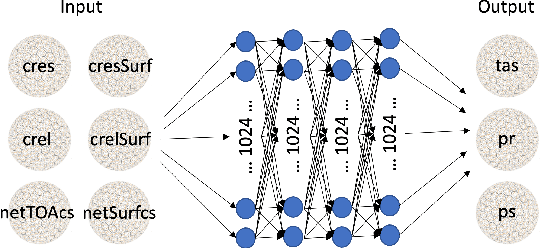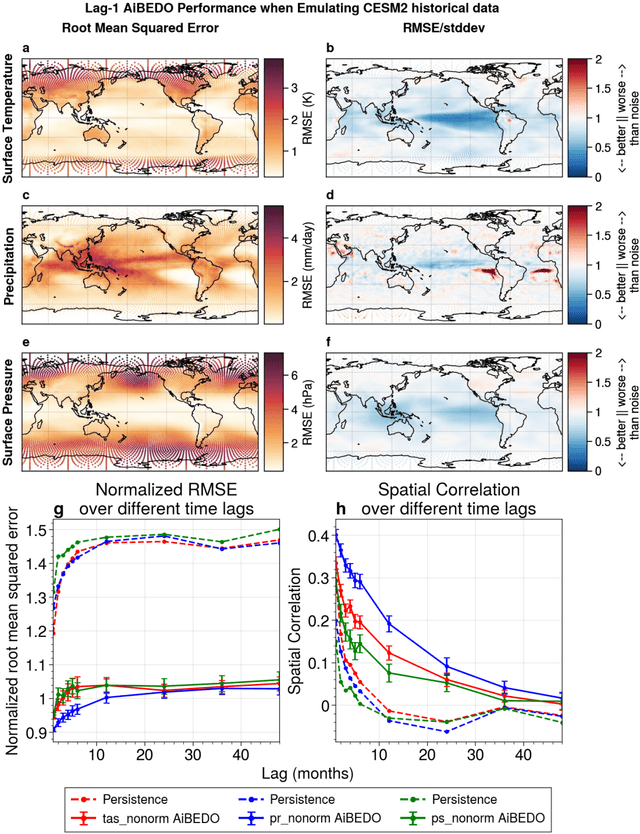Hansi Singh
HAiVA: Hybrid AI-assisted Visual Analysis Framework to Study the Effects of Cloud Properties on Climate Patterns
May 13, 2023

Abstract:Clouds have a significant impact on the Earth's climate system. They play a vital role in modulating Earth's radiation budget and driving regional changes in temperature and precipitation. This makes clouds ideal for climate intervention techniques like Marine Cloud Brightening (MCB) which refers to modification in cloud reflectivity, thereby cooling the surrounding region. However, to avoid unintended effects of MCB, we need a better understanding of the complex cloud to climate response function. Designing and testing such interventions scenarios with conventional Earth System Models is computationally expensive. Therefore, we propose a hybrid AI-assisted visual analysis framework to drive such scientific studies and facilitate interactive what-if investigation of different MCB intervention scenarios to assess their intended and unintended impacts on climate patterns. We work with a team of climate scientists to develop a suite of hybrid AI models emulating cloud-climate response function and design a tightly coupled frontend interactive visual analysis system to perform different MCB intervention experiments.
Accelerating exploration of Marine Cloud Brightening impacts on tipping points Using an AI Implementation of Fluctuation-Dissipation Theorem
Feb 03, 2023



Abstract:Marine cloud brightening (MCB) is a proposed climate intervention technology to partially offset greenhouse gas warming and possibly avoid crossing climate tipping points. The impacts of MCB on regional climate are typically estimated using computationally expensive Earth System Model (ESM) simulations, preventing a thorough assessment of the large possibility space of potential MCB interventions. Here, we describe an AI model, named AiBEDO, that can be used to rapidly projects climate responses to forcings via a novel application of the Fluctuation-Dissipation Theorem (FDT). AiBEDO is a Multilayer Perceptron (MLP) model that uses maps monthly-mean radiation anomalies to surface climate anomalies at a range of time lags. By leveraging a large existing dataset of ESM simulations containing internal climate noise, we use AiBEDO to construct an FDT operator that successfully projects climate responses to MCB forcing, when evaluated against ESM simulations. We propose that AiBEDO-FDT can be used to optimize MCB forcing patterns to reduce tipping point risks while minimizing negative side effects in other parts of the climate.
 Add to Chrome
Add to Chrome Add to Firefox
Add to Firefox Add to Edge
Add to Edge